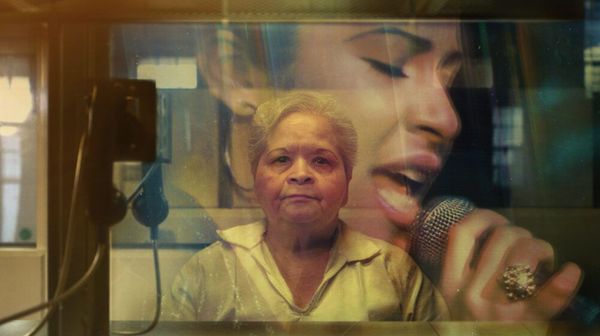
In recent years, gender equity in sport has rightfully received renewed attention. This is due in large part to the work of athletes, advocates, leagues, associations and governing bodies across Canada who have expressed a continuing commitment to ensuring gender equity in the form of increased opportunities, funding or ownership of the sports themselves.
Despite attempts to rectify inequality in men’s and women’s sport, inequity remains an insidious force due to a discrepancy between the practical administration of male and female sport.
This imbalance can often be seen in the language of the rule book itself: a document that lays bare how gendered inequality has been embedded within the fabric of a sport.
So, if the Canadian government intends to keep its pledge to achieve gender equity in sport by 2035, it’s time to examine rule books.
Throat guards and hockey
Recently, while teaching a course on Canadian sport policy at Brock University, I was approached by two female hockey players who had a question about a policy governing their sport. Both students, including my co-author Camie Matteau Rushbrook, had serious questions about Hockey Canada’s policy on neck protection.
They wondered why there was a gendered difference in throat protection policies: female players are required to wear them and male players have the option.
Despite the fact that throat guards can help avoid an unlikely cut on the neck, most players find them unpleasant and despise wearing them — making the requirement frustrating for female hockey players, especially with no greater risk of injury posed to them over men.
Hockey Canada’s rule book states that:
“The wearing of a BNQ-certified throat protector is compulsory for players registered in minor and female hockey. When a player fails to wear or properly wear a throat protector at any time on the ice during the game, the team shall receive one warning and any subsequent infractions by the same team will result in a Misconduct. Referees are encouraged to deliver this warning directly to the Coach.”
It also says that “goaltenders in minor or female hockey who wear an attachment to the mask or helmet designed to protect the throat, must still wear a BNQ-certified throat protector.” Comparatively, USA hockey does not require the use of throat protectors. However, they are strongly recommended.
In effect, this policy states that minors and all women are required to wear throat protectors, while men are able to remove them once they’ve turned 18. This is a blatantly infantilizing policy that equates women with children. And its inclusion within the official Hockey Canada rule book should draw considerable concern, just as it did from my students.
Canadian women’s sport policy
It is worth considering why this policy exists at all and why a strangely worded and obviously inconsistent safety regulation is included in such a heavily scrutinized document like the Hockey Canada rule book.
To understand this, it’s important to consider the historical context of Canadian women’s sport policy and examine the destructive remnants from the earliest days of Canadian women’s sport.
Rushbrook and her teammate’s discovery is a succinct summation of the struggles women face when trying to attain gender equity in Canadian sport.
Canadian Sport historian Ann Hall characterized the history of women in sport as “a history of cultural resistance” and this policy, though rooted in attempts to keep players safe, is far more reminiscent of late-19th and early-20th-century sport policies designed to regulate women in sport.
Outdated and intentionally restrictive policies are grounded in pseudo-scientific beliefs about female fragility. Fears regarding the safety of the uterus caused doctors to write directly to women in medical journals and newspaper articles, warning them about the dangers of cycling, basketball and long-distance running. Women were cautioned that sport posed a physical and existential threat to their health, well-being and, most pressingly, their perceived womanhood.

In the earliest years of women’s sport in Canada, men controlled nearly all sport organizations and created systems and structures for women to play under. Play was technically permitted, but only if certain restrictions, modifications and guarantees could be made regarding the preservation of Victorian notions of femininity and virtue.
This extended beyond expectations related to their off-field conduct, including regulations around romantic relationships and into the structure of the sport itself.
The forces that governed Canadian women’s sport during the first decades of the 20th century were overwhelmingly male and unceasingly patronizing. And many contemporary women’s sports contain artefacts of this period in their rule books.
Safety equipment and regulations should be administered based on medical expertise. However regulations regarding safety equipment, like the ones found in Hockey Canada’s rule book, simply serve to differentiate women from their male counterparts.
True gender equity in sport is not simply a matter of paying lip service to equal rights and opportunities. It involves interrogating outdated assumptions and being open to rewriting the rule book.
Camie Matteau Rushbrook, a third-year Sport Management Student at Brock University, co-authored this article. Camie is a forward on the Brock University women’s hockey team.
Taylor McKee receives funding from Social Sciences and Humanities Research Council of Canada.
This article was originally published on The Conversation. Read the original article.







